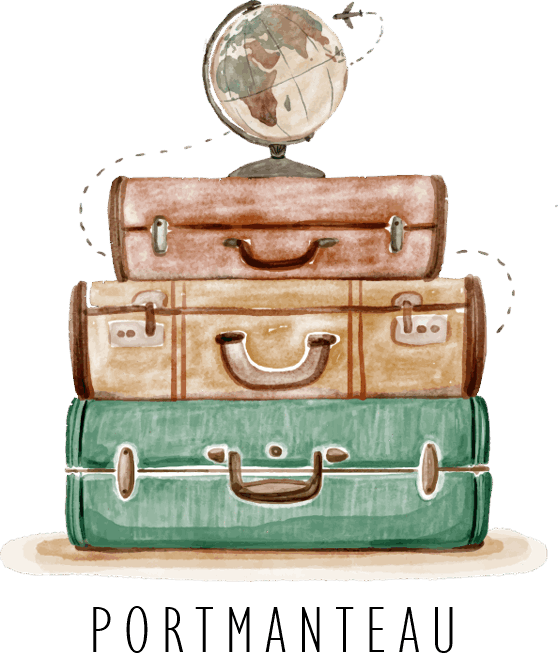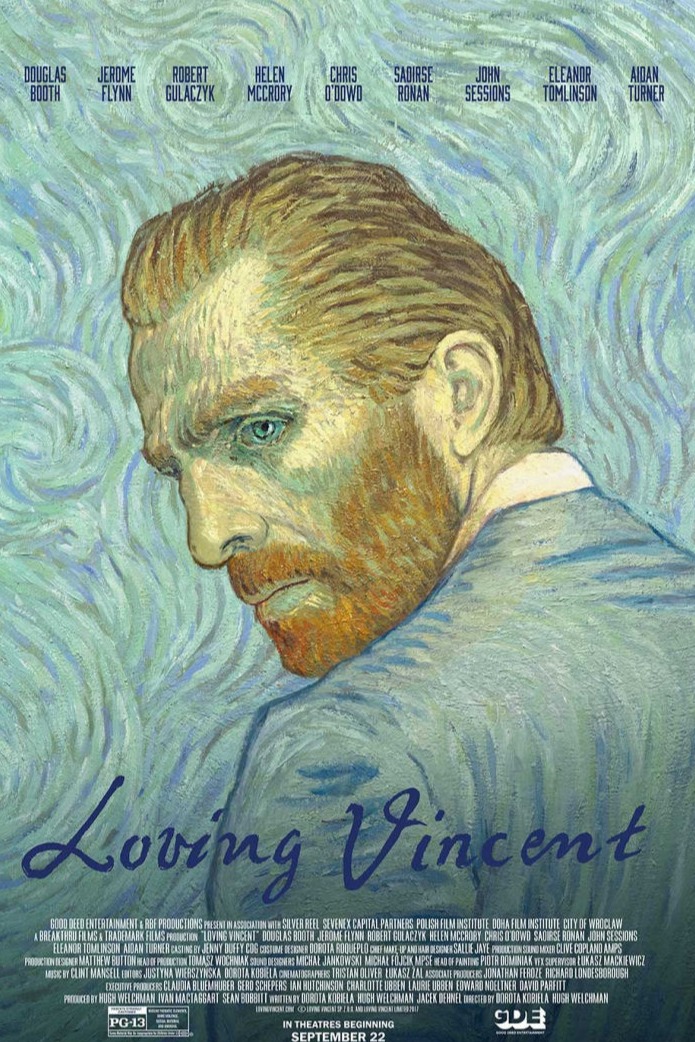


Greetings, fellow sojourners!
A rather festive seventh edition is here for you!
The Indian festival of lights is upon us, and we thought this would be a good opportunity to showcase
some beautiful festivals from other countries. Our feature story is about Mexico's Day Of The Dead, and we also talk about how 2020 has missed out on Halloween, along with a short history lesson about it.
We talk about climbing the world's highest battleground in India and showcase the kind of technical prowess (and human ingenuity) that goes into people's meals in Antarctica.
Our Travel Record this month features music from foreign artists, and the Reel is back with
some art inspiration for you.
We hope you enjoy this edition of Portmanteau. And we always welcome stories or thoughts from you, our patron. And we wish you a happy festival season!
Sharing the mutual love for travel!
Ashish


A deep dive into a story that's arcane, thoughtful, and sometimes humorous!

The world’s spookiest festival was a bit of a non-event in 2020.

Getting into the Halloween mood a bit strong.

Some movies about art to inspire you to pick up the paintbrush. Or pen. Or anything that moves you!


Loving Vincent is undoubtedly one of the greatest works of cinema in terms of effort put in. The entire film is oil painted - every single scene - and animated, a process that took 8 years to complete. And it was a worthy effort, for such an iconic artist deserves a story told in a magical fashion.
This is a story told through the eyes of a postman’s son, Armand. Armand has been instructed by his father to deliver the last letter of Vincent Van Gogh to his brother, Theo. The letter comes just weeks after Vincent shot himself, and succumbed to the fateful bullet. Throughout his journey, the nonchalant, skeptical Armand discovers more than the stories about Vincent’s death. He also discovers Vincent’s life.
Loving Vincent is a painfully beautiful tale of a man who never was understood during his time.

Midnight In Paris: A story that’s parts comedic and whimsical along with some romantic introspection. Midnight in Paris is a Woody Allen feature film with Owen Wilson playing a nostalgia-driven screenwriter with writer’s block. Gil (Owen) goes on a trip to Paris, his favorite city in the world, with his fiancée Inez.
The disillusioned writer wanders around the city at midnight, drunk, when he suddenly chances upon a group of people that were..different. From a different time. Suddenly, he’s face to face with Hemingway and Salvador Dali. And he has no idea how! It certainly wasn't a dream either, as he goes back in time on multiple occasions now.
Midnight in Paris is a charming tale of a writer trying to come to terms with the past in the present

Modigliani is the story of Amedeo Modigliani and Pablo Picasso. Their rivalry to be precise. The film talks about their constant rivalry amidst a changing landscape in Paris. Tensions are always rife and Modigliani has his own problems. More importantly, his journey of trying to become better than Pablo bought out some of the best works from both of them.
The tale progresses into darker realms with both artists entering a renowned competition with a huge sum of money for a prize. Which artist will win? Who has the most to lose in this battle? And what of Modigliani's personal life?
A heavy film but one that shows the psyche of artists blinded by both their passion and the need to become the greatest.
One of the world’s highest battlegrounds in a land of pristine snow.

Every year, a special contingent of people traverse steep inclines and narrow cragged paths along a certain point marked as NJ9842. It may seem like a regular trek the first time you hear it, but this trek is anything but. This is a trek to Siachen, one of India’s most significant places of interest both historically, strategically and economically.
Jokes about bones can be humerus sometimes.

How do you get food in a place where nothing grows?

In a previous edition of Portmanteau, we showcased how travelling in style to Antarctica is a distinct but real possibility. That got some of you thinking: How do you get access to food in a place where nothing grows?
PBS Nova has the answer for you. The channel filmed a month-long expedition in the Antarctic with hosts Caitlin Saks and Arlo Pérez living as researchers do, including dining in the galley of the McMurdo Research Station in Antarctica. The food choices are limited even after advance planning (which is done one year in advance!). Watch this short film that gives great insights into what goes into creating food for 900 people in the land where nothing grows.
Music from across the world. Hit tracks from foreign artists in non-English languages.

Puzzles to get your neurons firing.
Email us a screenshot when done!

Fill in the form to be featured on PORTMANTEAU